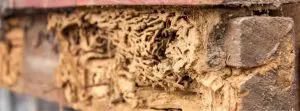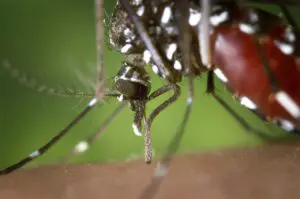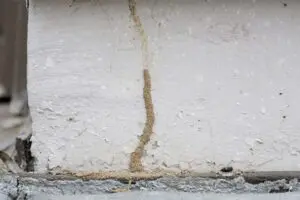
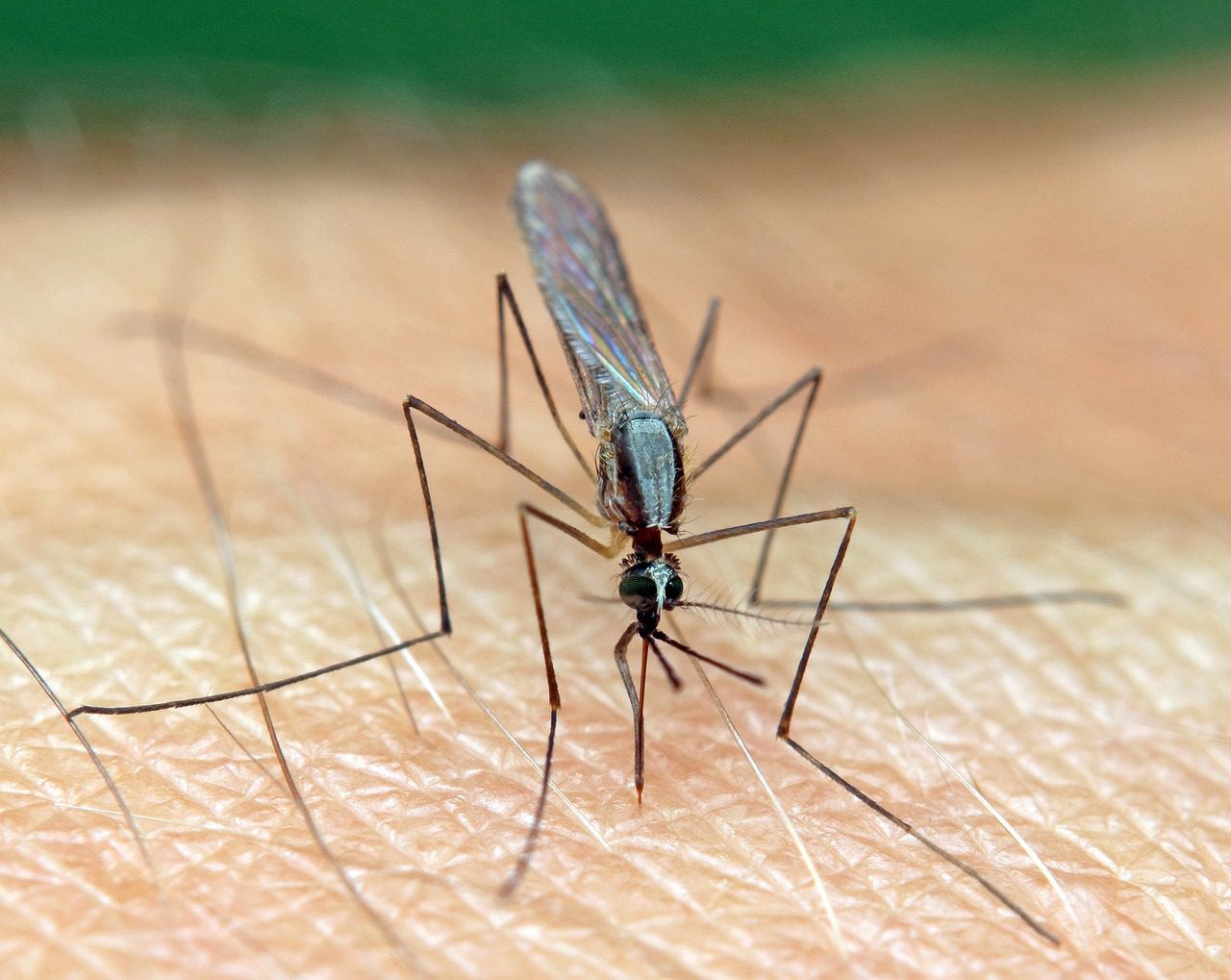
Anopheles mosquitoes are an infamous breed of mosquitoes that belong to the Culicidae family. With over 400 species of mosquitoes across the world, Anopheles mosquitoes have distinct biological characteristics that stand out, with elongated mouthparts that are ideal for blood feeding. Anopheles Mosquitoes breed in freshwater environments and prefer stagnant or slow water bodies such as ponds, rice fields and marshes.
What makes this species more concerning is that Anopheles females feed during the night which poses health risks due to their potential to transmit malaria parasites. However, by understanding their behavior, habitat preferences, and lifecycle, we are able to implement effective control and prevention strategies.
Severity of Anopheles Mosquito Infestations
Anopheles mosquito infestations pose a significant threat to public health. This is due to their role as vectors for malaria and other diseases. Unlike “regular” or typical mosquitoes, which primarily cause irritation with their bites, Anopheles mosquitoes transmit parasites that can cause severe illness and sometimes even death in humans. The severity of Anopheles mosquito infestations is highlighted by the potential for widespread disease outbreaks in areas where these vectors are prevalent.
Recognizing the signs of Anopheles mosquito infestations is crucial for prompt intervention and control measures. Increased mosquito activity, particularly during dusk and dawn, may indicate the presence of Anopheles mosquitoes.
To address the severity of Anopheles mosquito infestations, communities must prioritize mosquito surveillance, control, and public health initiatives. By raising awareness about the risks associated with Anopheles mosquitoes and implementing comprehensive mosquito control programs, individuals and communities can mitigate the impact of these vectors on public health and well-being.
Anopheles Mosquitoes & Malaria
Anopheles mosquitoes are infamous for their role as vectors in transmitting malaria, a life-threatening disease caused by Plasmodium parasites. When an infected female Anopheles mosquito takes a blood meal from a human host, it injects malaria parasites into the bloodstream which immediately starts the infection process.
These parasites then multiply within the host's body, leading to symptoms ranging from fever and chills to severe complications and, in some cases, death.
Understanding the dynamics of Anopheles mosquitoes and malaria transmission is crucial for developing effective control and prevention strategies. By targeting Anopheles mosquito populations and reducing human-vector contact through measures such as insecticide-treated bed nets, indoor residual spraying, and environmental management, communities can significantly reduce the burden of malaria and other mosquito-borne diseases.
Malaria in the U.S.: A Risk Addressed by Anopheles Mosquito Control
While malaria is currently not endemic in the United States, there remains a potential risk of its re-emergence, particularly in regions where Anopheles mosquitoes are present. Climate change, global travel, and increasing insecticide resistance in mosquito populations are factors that could contribute to the resurgence of malaria transmission in the U.S. To address this risk, comprehensive pest management strategies focused on Anopheles mosquito control are essential.
Pest management efforts include surveillance programs to monitor mosquito populations, targeted insecticide applications in high-risk areas, and community education initiatives to raise awareness about malaria prevention. Collaboration between public health agencies, local governments, and pest control professionals is also vital for implementing integrated pest management approaches that effectively address the threat of malaria re-emergence.
By proactively addressing the risk of malaria transmission through Anopheles mosquito control measures, we can mitigate the potential impact of this deadly disease on public health and safeguard communities from its resurgence.
Identification and Control Techniques
The first step in disease prevention is identification of Anopheles mosquitoes. These mosquitoes are distinguished by their unique characteristics which included, as stated previously, elongated mouthparts as well as spotted wings. By conducting regular surveillance and trapping, you are able to effectively monitor populations and identify potential breeding grounds in your location.
Once Anopheles mosquitoes are identified, target control measures should be implemented in order to reduce populations. Environmental management will play a crucial role when it comes to controlling breeding sites. This includes removing stagnant water and clearing debris where mosquitoes may reside. Working with a specialized pest control company such as Excel Pest Services ensures you are able to eliminate populations in your residential or commercial space.
By combining identification efforts with targeted pest control measures, you can effectively eradicate Anopheles mosquito populations in your environment and mitigate the risk of disease transmission. Proactive prevention and control strategies are vital for safeguarding health and creating mosquito-free environments.
Addressing Anopheles Mosquitoes
In order to combat Anopheles mosquito infestations in your home or office space, proactive pest control measures are vital. Excel Pest Services offers a tailored solution to tackle Anopheles populations. Our integrated approach to pest control begins with thorough inspections to identify breeding sites and possible points of entry. We are committed to providing environmentally friendly methods, such as larviciding and habitat modification. Our team is also committed to educating clients on preventive measures such as proper waste management and the use of protective barriers like nets and mosquito screens.
Proactive Prevention Tips for Anopheles Mosquitoes
Preventing Anopheles mosquito infestation is vital to reduce the risk of disease such as malaria. Below, we take a look at some practical tips to help you safeguard against these disease carrying vectors:
- Get Rid of Standing Water: Anopheles mosquitoes breed in stagnant water therefore make sure to regularly empty containers in your house or garden such as flower pots, and gutters.
- Install Nets and Screens: Place screens on your windows and doors to prevent Anopheles mosquitoes from getting into your living spaces.
- Maintain Outdoor Areas: Make sure to trim your grass and bushes regularly to reduce mosquitoes resting in these areas. Also consider using natural insecticides in areas where mosquitoes congregate, such as around patios and gardens.
- Support Community Efforts: Participate in or organize community clean-up efforts to remove debris and reduce potential mosquito breeding sites in public spaces.
With these proactive measures, you can significantly reduce the risk of Anopheles mosquito bites and the transmission of mosquito-borne diseases.
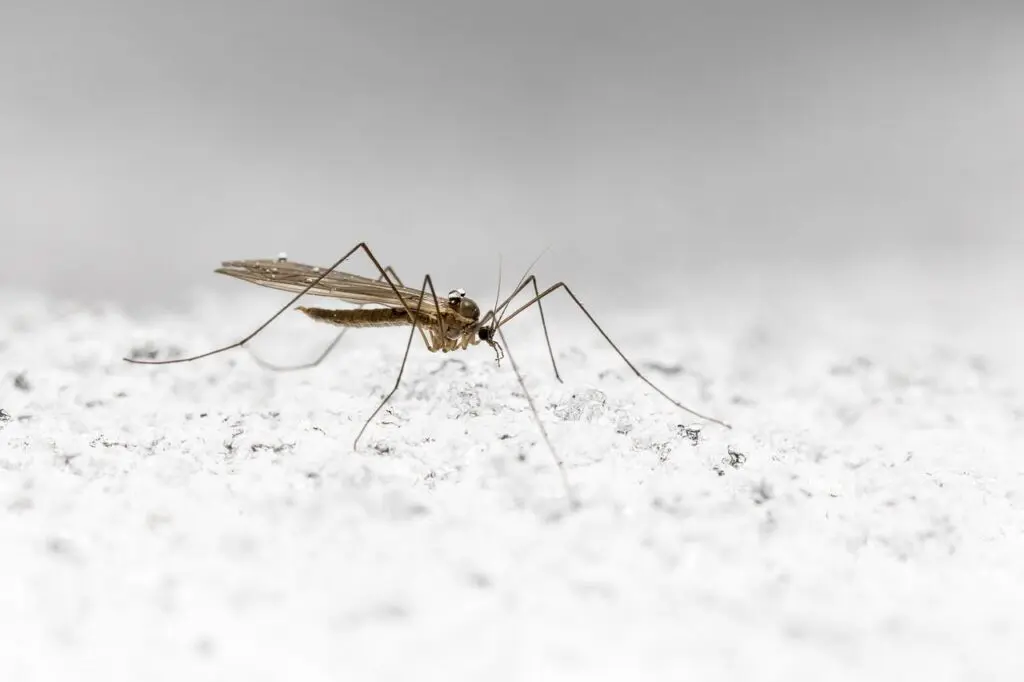
Conclusion
Anopheles mosquitoes are more than just buzzing nuisances, they are vectors of diseases and pose significant health risks to communities across the world. Taking preventative measures and understanding the habitats, behaviors and feeding habits of Anopheles mosquitoes, ensures the mitigation of disease.
Pest management professionals, like Excel Pest Services, offer expertise in identifying and addressing Anopheles mosquito infestations and provide tailored solutions to protect your health.
By implementing proactive measures to eliminate breeding sites, repel mosquitoes, and raise awareness about disease prevention, we can minimize the impact of Anopheles mosquitoes on human health.
Contact Excel Pest Services today for all your mosquito control needs.
Anopheles Mosquito FAQs
- Do Anopheles mosquitoes transmit disease?
Anopheles mosquitoes are known for transmitting malaria which is a life-threatening disease. They can also transmit other diseases such as lymphatic filariasis and encephalitis.
- Where do Anopheles mosquitoes live?
Anopheles mosquitoes breed in stagnant or slow-moving water. Common habitats include ponds and marshes but they can also be found in containers like water-filled pots.
- How can I identify Anopheles mosquitoes?
Anopheles mosquitoes have distinctive visual characteristics, including elongated mouthparts and spotted wings. They are typically darker in color compared to other mosquito species.
- What services does Excel Pest Services offer for Anopheles mosquito control?
Excel Pest Services offers comprehensive pest management solutions for Anopheles mosquitoes. Our services include inspections to identify breeding sites, targeted applications and habitat modification.
- What proactive measures can I take to prevent Anopheles mosquito infestations?
Proactive prevention includes eliminating standing water on your property, installing screens on windows and doors, maintaining outdoor areas and participating in community clean-up efforts. Excel Pest Services also provides guidance on preventive measures and offers customized solutions for homes and businesses.




